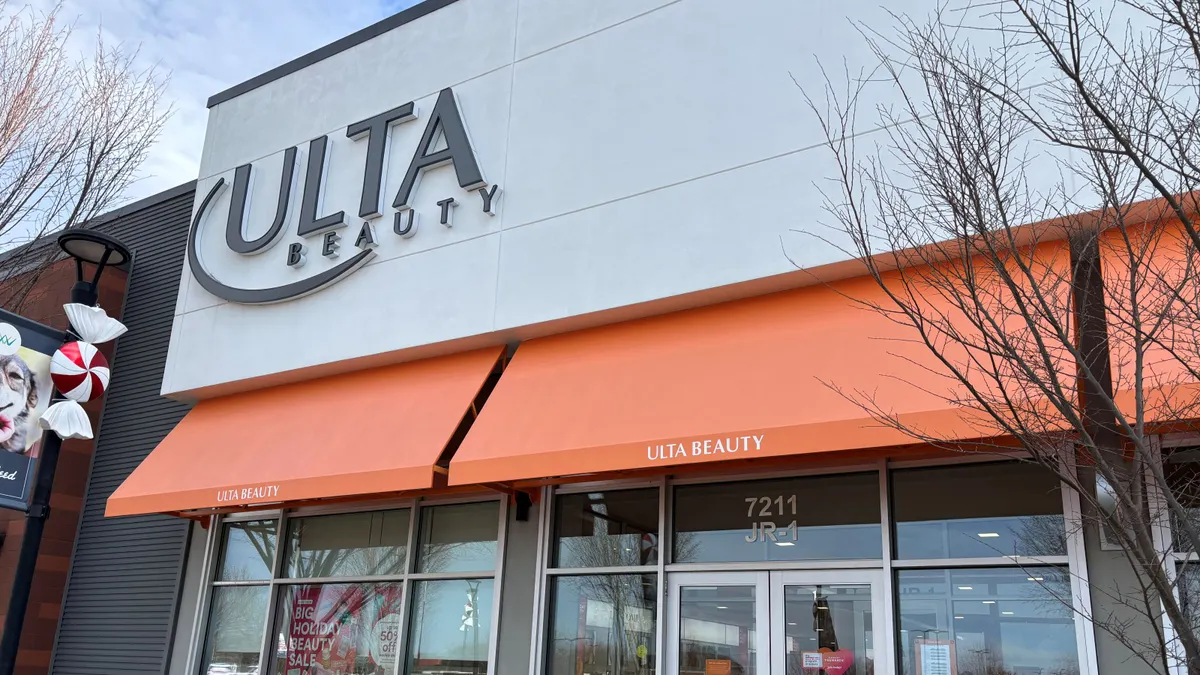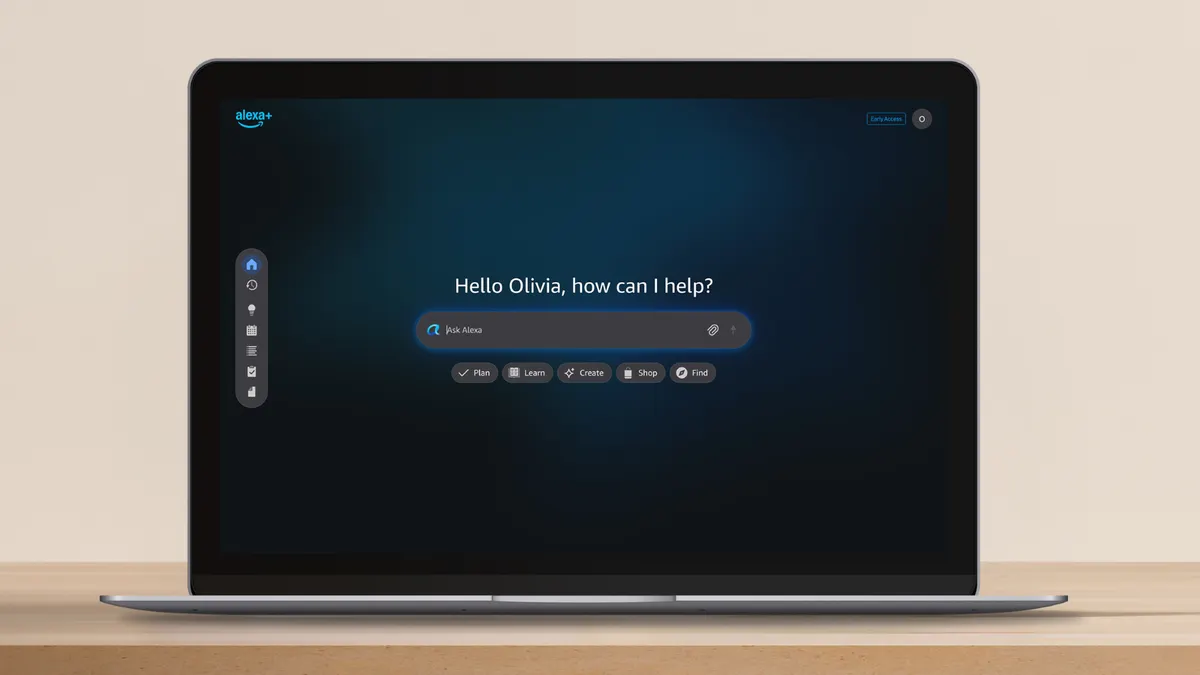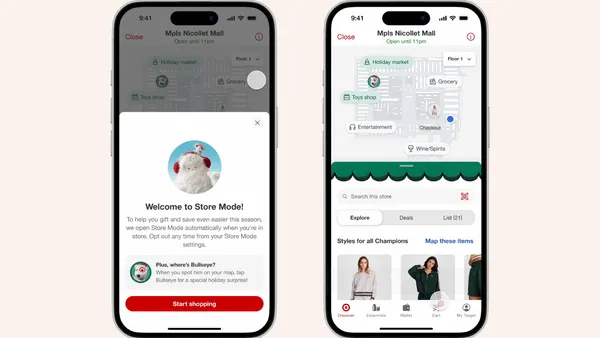Polly Wong is a managing partner at Belardi Wong. Views are the author's own.
The holiday season is upon us, and all signs point to this one being a blockbuster. On Black Friday, consumers spent an impressive $7.4 billion online — $1.2 billion more than on Black Friday in 2018. Then, three days later, records were shattered again as Cyber Monday shoppers spent an unprecedented $9.4 billion online, up 19.7% from the year before.
Of course, despite continual improvements in online shopping experiences, the simple driver behind these record shopping days is the same as it's ever been: discounts. Black Friday and Cyber Monday represent the epitome of deal-driven commerce, and companies everywhere put a significant amount of time and effort into crafting their annual promotions for these mega-shopping days. However, as most retailers will attest, a strong discounting and promotions strategy needs to take a broader view in order to drive year-round sales and bottom-line benefits.
Let's take a look into the current best practices for crafting offers for customers, while avoiding discounting fatigue and harm to the bottom line.
Finding the sweet spot
Promotions can take many shapes — free shipping, gifts with purchase, dollars off, percent off, hurdle versus no hurdle — but not all promotions are created equal. Based on our deep experience in managing client discount mailers over the years, we've seen that a percentage discount without a hurdle is the most effective offer, and the discount has to be at least 15%. In fact, 10% discounts can actually drive a negative impact to the bottom line because the lift in response is not enough to offset the cost of the discount. In general, 10% discounts tend to be leveraged by people who would have purchased anyway. On the flip side, 15% or (even better) 20% off discounts drive a lift that's high enough to offset the cost.
That said, like any other marketing effort, an often-repeated promotion can lead to fatigue. It is important to mix things up.
When to consider promotions
When it comes to the timing of promotions, many companies tend to review their order flow and introduce promotions during lulls. Since many of the costs in a distribution center are fixed, the promotion fills in volume during the down time. In general, it is difficult to change customer behavior; the customer buys when the customer wants to buy. However, the following promotions can prove effective in catching a customer's attention.
- Friends and family offers: Best when offered once per year to all customers, these aggressive offers (20% off or higher) work well in the fall (September through October).
- Anniversary events: When a company celebrates its own anniversary, it can pay to make customers part of the party (e.g., 20% off to celebrate the company's 20th year).
- Customer birthdays: This very successful tactic performs best when sent as a traditional print birthday card, with a gift card offering dollars off a purchase affixed.
- Reactivation of lapsed customers: These promotions, which target customers that have not purchased in more than two to three years, should include special offers on a catalog cover and via email.
- Prospecting offers: Many traditional direct marketers have used 20% off to attract new customers for years.
- Specialty programs: These can include new customer thank yous or offers to new movers, new moms, etc.
Reducing risk
Companies that are interested in highly controlled promotions typically choose a dollars-off promotion with a hurdle, such as $25 off a $150 purchase. This approach minimizes risk. In order to maximize the lift on this type of offer, companies should consider a tiered structure: save $25 on $150, save $50 on $200, etc.
Then, of course, there's the matter of shipping. In the age of Amazon Prime, free shipping offers have become the cost of doing business online. Companies need to include the promotional expense as part of their marketing budgets, even if it means cutting dollars elsewhere. Companies can minimize risk by creating a hurdle, but it should not be higher than the average order size. When initially rolling out free shipping, companies typically see a 15% to 25% lift for a while.
Flat shipping rates (e.g., $4.95) versus free shipping rates are also common, especially among apparel retailers. The lift in response may not be as significant; however, a healthy bottom line may offset the cost.
Do's and don'ts
Finally, let's take a look at the reality of some common promotional tactics. Based on our experience, the following promotions are not as effective for marketing purposes as the ones listed above:
-
Gift with purchase (e.g., spend $50 and get a free perfume sampler)
-
Purchase with purchase (e.g., spend $50 and get an umbrella for $10)
-
Buy one, get one (effective for merchandising, but not marketing)
-
Two-fers (e.g., $29.99 each or two for $50); also effective for merchandising but not marketing, though it does raise the average order value
Regarding sweepstakes, approaches like "win a car" or "win a trip" will generate a large quantity of new names, but they will not be quality names. To be useful, sweepstakes must be on-brand and accessible. If a sweepstakes offers a higher quantity of lower-value prizes, it is more likely to generate interest from people who like the brand, and it will garner more entries because people think they could actually win.
Finally, there is one absolute "must" when it comes to promotions, and that's a bounceback insert in outbound packages to customers. After all, these are going to the best names a retailer could possibly find since the customer has just received an order and is (hopefully) blissfully happy with it.
While discounts and promotions represent proven sales drivers, the devil is in the details when it comes to crafting an offer that will appeal to customers while also driving profit and loyalty for the company. By applying the above insights to their promotional strategies, businesses can achieve the best of both worlds.


















